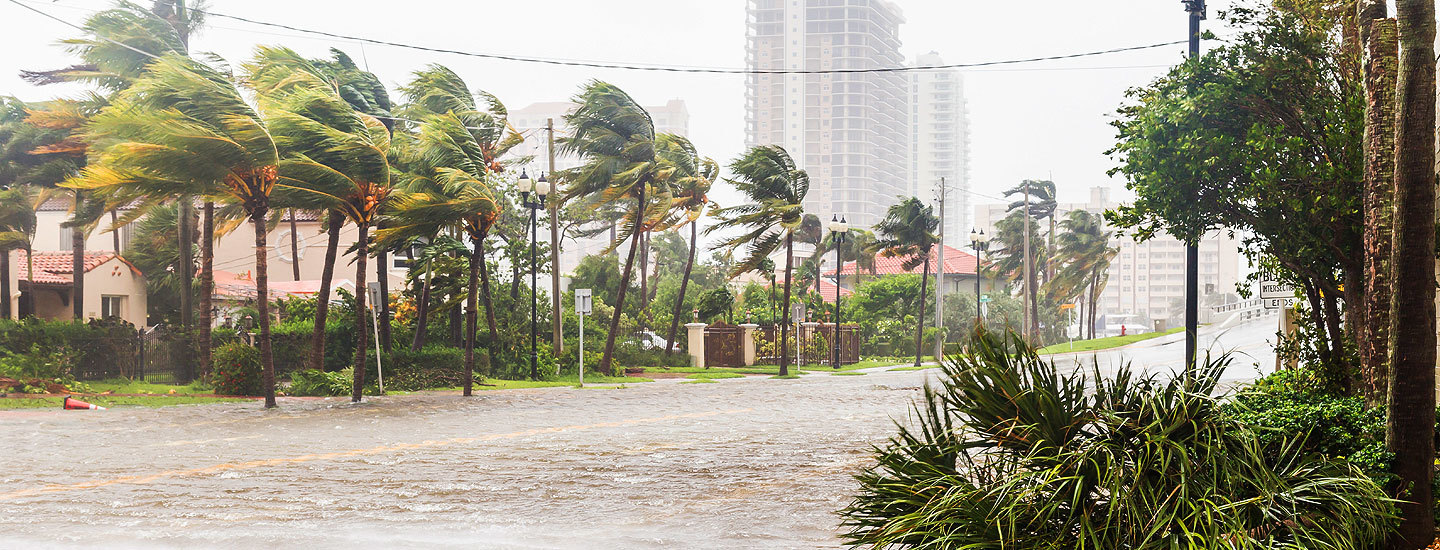
Our coastal communities are uniquely special and different. However, the one thing all coastal communities have in common is being economic drivers. Our coastal counties produce over 40% of the nation’s total jobs and contribute 46% to GDP. The numbers are astronomical—economists estimate our “coastal economy” contributes roughly $8 trillion annually to GDP.
As discussed in the previous Surfrider climate blogs, our coastal communities are at the whim of increased climate change impacts. Whether the impacts are from sea level rise and storm surge, extreme weather events, heat waves, or increased rainfall causing sewage overflows and toxic urban runoff; it is certain that climate change poses many challenges to our healthy coastlines and vital economic engines.
Urban areas across America will be gravely impacted by climate change—putting critical infrastructure systems such as water/wastewater, energy supply, and transportation at risk. The U.S. is highly urbanized, with about 80% of its population living in cities. As the climate crisis continues to unfold, it is imperative that local, state and federal decision makers are proactively planning adaptation measures to save our coastal communities from potential catastrophic impacts.
For example, a report published by the Union of Concerned Scientists, estimates that more than 300,000 of today's coastal homes, with a combined market value of $117.5 billion today, are at risk of chronic inundation in 2045—a timeframe that falls within the lifespan of a 30-year mortgage issued today. Approximately 14,000 coastal commercial properties, currently assessed at a value of roughly $18.5 billion, are also at risk during that timeframe and by 2100 the homes and commercial properties currently worth more than $1 trillion could be at risk.
It is critical that communities stop building new infrastructure in hazard areas. Unfortunately, that is not always the case as a Zillow report documents a nationwide trend over the past decade where half of all coastal states continue to build in flood prone areas. In addition, Surfrider’s State of the Beach Report found that nearly 75% of coastal and Gulf of Mexico states are not prepared for future sea level rise.
Outside of banning new development in harm’s way, it is paramount decision makers carefully contemplate environmental justice when planning for future climate change impacts. A new mapping effort conducted by the First Street Foundation uncovered that 70% more buildings in the U.S. are vulnerable to flood risk than previously thought; with most of the flooding impacting low-income neighborhoods. The new calculations analyze sea level rise, rainfall and flooding along creeks not federally mapped or calculated by the Federal Emergency Management Agency (FEMA). The conclusions are stark, and estimate that 14.6 million properties are at risk from a ‘100-year flood,’ far more than the 8.7 million properties estimated by FEMA.
The answers to protecting our communities are in front of us—decrease Greenhouse Gas emissions to curb climate change, and proactively implement adaptation measures such as: updating development standards (halting ill-conceived development), utilizing “nature-based solutions” for erosion, retrofitting and relocating vulnerable infrastructure out of harm’s way, coastal restoration, and investing in/updating community infrastructure that can withstand climate change impacts and rising seas.
Fortunately, two peices of legislation are circulating around capitol hill. Help Surfrider urge our elected officials to pass a strong bipartisan infrastructure legislation and to pass the Ocean Based Climate Solutions Act of 2021 which contains a suite of solutions that will protect our coastal communities in light of the climate crisis.
